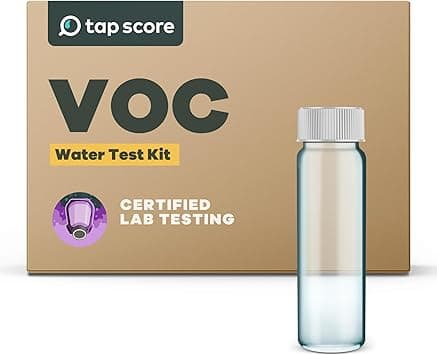1,2,4 Trimethylbenzene
One of three trimethylbenzene isomers found naturally in coal tar and petroleum. It is a common component of C9 fraction, a common gasoline additive, and is used in solvents, paint thinners, dyes, paints, plastics, and pharmaceuticals. Trimethylbenzenes are readily volatile, so all routes of exposure (ingestion, inhalation and dermal) are relevant if one is exposed via drinking water. They are more often detected in groundwater than surface water because they easily vaporize when exposed to air. Health effects related to elevated exposure to trimethylbenzenes include nervous, respiratory, and blood system effects.
EPA MCLG Level
30 ppb
Maximum level that poses minimal health risk based on the latest science
Health Effects
Health protective benchmarks for trimethylbenzenes have been developed based on neurological impairment observed in both humans and animals exposed to elevated levels of trimethylbenzene isomers, including 1,2,4 trimethylbenzene. Studies on trimethylbenzenes in animals have also found links to blood system and respiratory problems.
Affected Organs & Systems:
Common Sources
- Trimethylbenzenes may enter drinking water through road runoff, urban stormwater, or leaking oil and gasoline storage tanks
How to Remove It
Water filters certified under the following NSF standards are effective at removing 1,2,4 Trimethylbenzene:
EPA MCLG Level
The EPA MCLG represents the maximum level that poses minimal health risk based on the latest scientific research. It's often more protective than federal legal limits.
Contaminant Type
1,2,4 Trimethylbenzene is classified as a VOCs contaminant.
This contaminant primarily affects the nervous-system, respiratory, and other systems.
Check Your Water
Find out if 1,2,4 Trimethylbenzene is in your tap water.
Search Your CityTest Your Water for This Contaminant
Public water reports may not test frequently enough or at your specific tap. Professional home testing provides current, location-specific results.

SimpleLab
Standard Home Water Test
$232
Comprehensive water analysis testing over 200 contaminants including bacteria, heavy metals, and chemical compounds.

SimpleLab
Advanced Home Water Test
$369
Most comprehensive home water test including all standard tests plus additional parameters for ultimate peace of mind.

Tap Score
Volatile Organic Compounds (VOC) Test
$139
Detects volatile organic compounds including industrial solvents, fuels, and chemical contaminants.